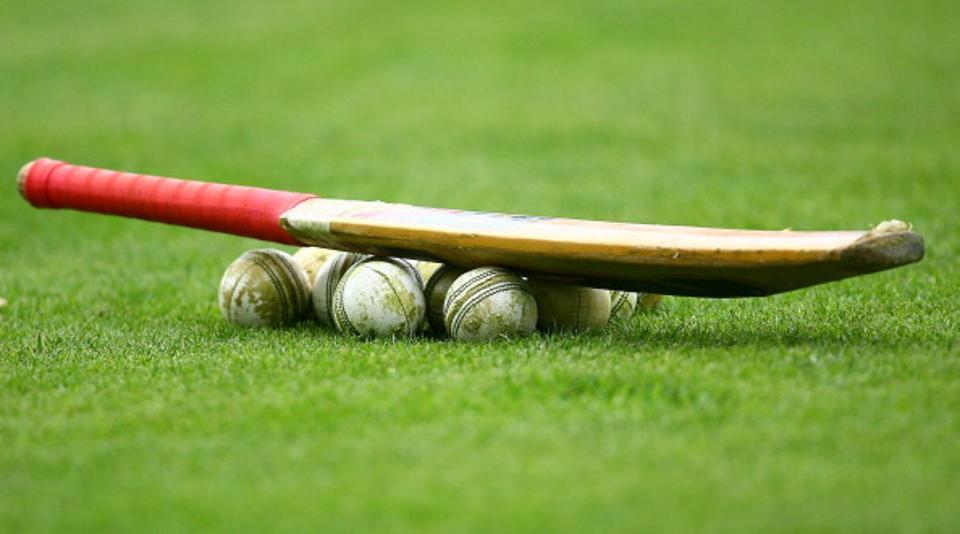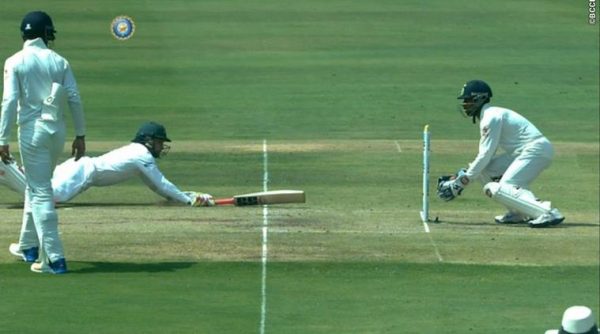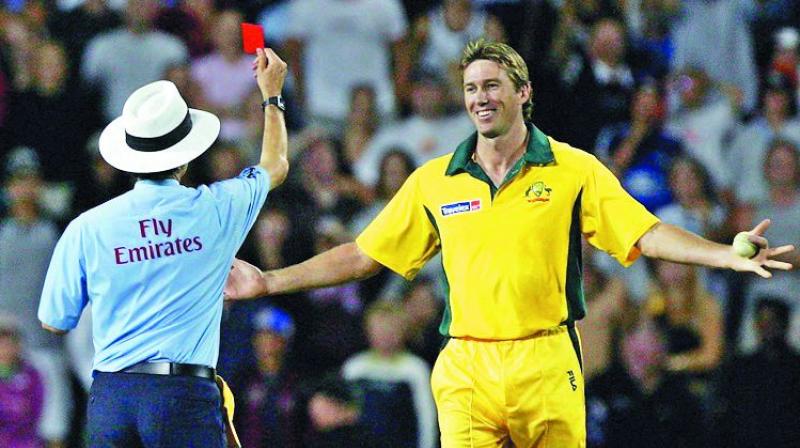
ICC New Rules To Make The Game More Interesting: Affects Bat Sizes, Run Outs, DRS In T20s And Send-Offs
Cricket is one of the sports that have a huge craze among people all over the world. After Football, Cricket is the most popular game in the world. And the game is growing with the time. Recently, we all had noticed the level of excitement among the cricket fans at the big tournament during the Champions Trophy.

With the craze and interest, ICC is continuously working on making the cricket watching experience better for the viewers. In this regard, the ICC has come up with the new implementations in playing conditions from the introduction of Decision Review System (DRS) in T20 Internationals to putting a restriction on the bat sizes.
New Cricket Rules That ICC Announced:
Players can now also be sent off the field for misconduct, as the new ‘playing conditions’ will be applicable in all series across formats effective September 28. Teams will also not lose any review due to ‘umpire’s call’, said cricket’s world body, adding that it was doing away with DRS appeal top-ups in Test cricket after 80 overs in an innings.
In a move that will help the batsmen survive close run-out chances, grounding the bat or any part of his body inside the crease but losing contact before stumps are broken will not be considered run out.

While the ongoing limited-overs series between India and Australia consisting five ODIs and three T20Is will not be affected by the new playing conditions as reported earlier, the upcoming two-match Test series between South Africa and Bangladesh starting September 28 will see the new rules coming into effect.
In one of the biggest decisions announced by the ICC, the sizes of the bats will be reduced to a depth of maximum 67mm and edges cannot be more than 40mm thick. The ICC informed in a press release,
“To maintain the balance between bat and ball, the playing conditions now restrict the size of the edges of the bats as well as their thickness. The restriction on the length and width of bats remain unchanged but the thickness of the edges can’t be more than 40mm and the overall depth can be 67 mm at the most. Umpires will be issued with a new bat gauge, which they can use to check a bat’s legality.”

Players can now be sent off for the rest of the match for ‘any serious misconduct’, to be dealt under Level 4 offenses whereas any misconduct falling under 1-3 levels of offenses will be dealt under the ICC Code of Conduct. This change in rules will be applicable across formats.
“Threatening to assault an umpire, making inappropriate and deliberate physical contact with an umpire, physically assaulting a player or any other person and committing any other act of violence all constitute Level 4 offenses,” the ICC said.
Teams will not lose reviews for ‘umpire’s call’, the ICC said, while taking away the top-up feature which will force the teams to be more accurate with their DRS calls.

“The above changes will be applicable across all formats, as will be a change in the DRS rules by which a review will now not be lost in case of a decision that remains unchanged, solely as the result of an ‘umpire’s call’. As for DRS in Test matches, there will be no more top-up reviews after 80 overs of an innings, meaning that there can only be two unsuccessful reviews in each innings, while the DRS will now also be allowed to be used in T20Is,” the release added.
Explaining the new rule of run outs going forward, the ICC said, “If a batsman is running or diving towards the crease with forward momentum, and has grounded his bat behind the popping crease but subsequently has lost contact with the ground at the time of the wickets being put down, the batsman will not be run out. The same interpretation will also apply for a batsman trying to regain his ground to avoid being stumped.”

Also, the ICC ruled that for “boundary catches, airborne fielders making their first contact with the ball will need to have taken off from within the boundary, otherwise a boundary will be scored.” A batsman can also be declared out caught, stumped or run out even if the ball bounces off the helmet worn by a fielder or wicketkeeper.
These are few rules that ICC is implementing soon. How are the new rules? Did you like them? Do you have any other rule that needs to be implemented other than the above rules? Share your views with us in the comments section below.
Related Article: Change In LBW DRS, Run-Out And Other Rules in the game Crickek!